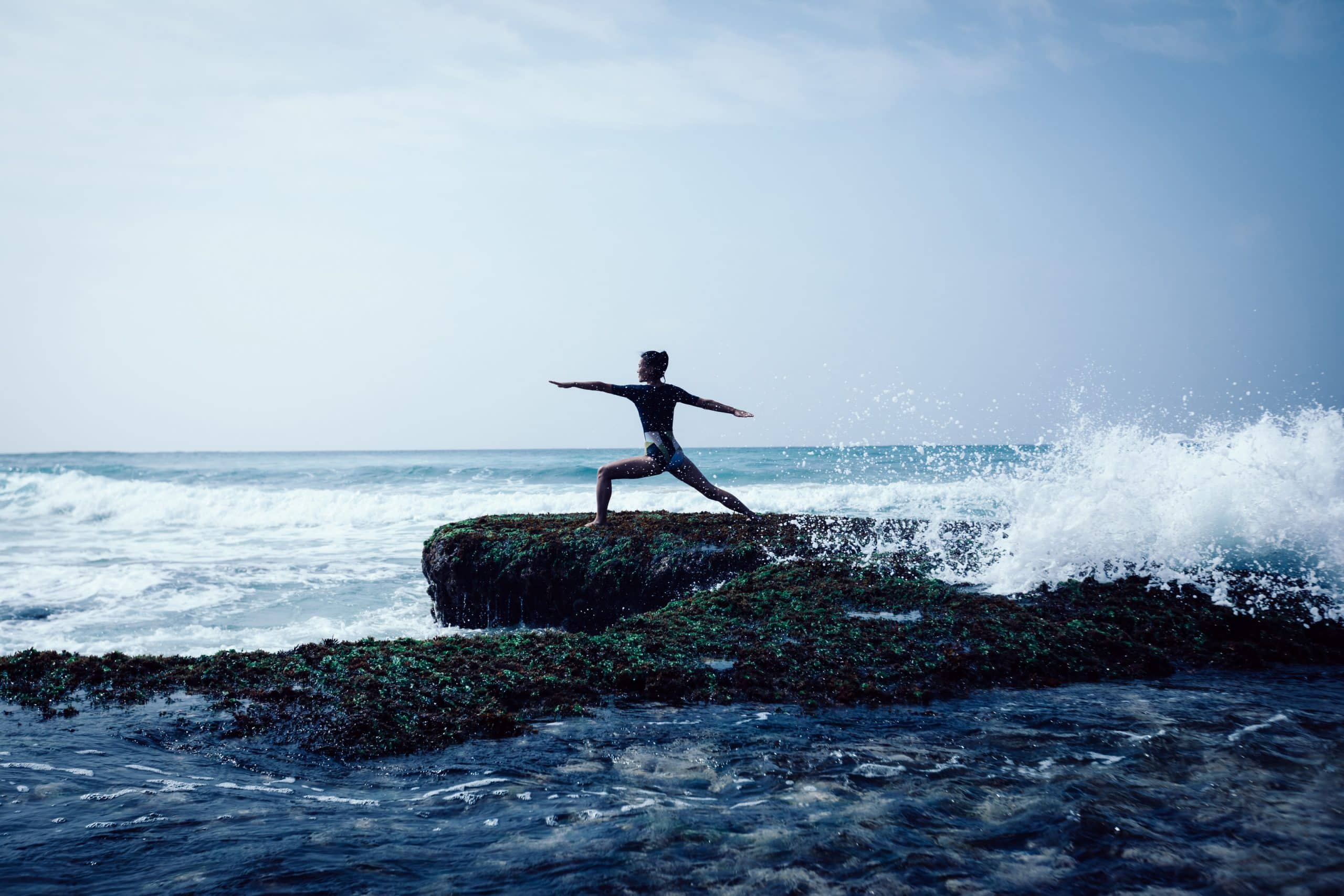What’s the Relationship Between Yoga and Injury Prevention in Long-Distance Running?

The relationship between yoga and long-distance running has long been a topic of interest in the sports and fitness world. Many runners are turning to yoga as a way to balance their training, increase flexibility, and prevent injuries. With a focus on mindfulness, body awareness, and breath control, yoga can offer numerous benefits to runners that go beyond just basic stretching. But how exactly does yoga help? And what poses are particularly beneficial for runners? In this article, we unravel these questions and delve into the intricate relationship between yoga and injury prevention in long-distance running.
The Connection Between Yoga and Running
Running, particularly long-distance running, is a high-impact sport that can place significant stress on the body. It’s common for runners to experience a range of injuries, from knee pain to muscle strains. This is where yoga comes in. Yoga, with its emphasis on flexibility, balance, and muscle strength, serves as an excellent counterbalance to the rigors of running.
A voir aussi : What’s the Impact of Altitude Training on Red Blood Cell Count for Endurance Athletes?
Yoga’s focus on whole-body wellness can help runners develop a more balanced and efficient stride, reducing the risk of injury. The slow, controlled movements in yoga can help increase the range of motion in joints and improve muscular balance. This, in turn, can lead to better running form, potentially reducing the risk of overuse injuries.
Furthermore, yoga’s emphasis on mindfulness can help you become more in tune with your body. This heightened body awareness can enable you to better recognize when something is off in your running form or when an injury might be brewing.
Dans le meme genre : How Can Real-Time GPS Tracking Optimize Performance in Elite Orienteering?
Yoga for Flexibility and Strength
While many runners may neglect flexibility training in favor of logging more miles, flexibility greatly affects running performance. Tight muscles can limit your range of motion, altering your running form and putting you at greater risk for injuries. Yoga, known for improving flexibility, can help address these issues.
Yoga poses, or asanas, often involve stretching multiple muscle groups at once. This can provide a more comprehensive stretch than static stretches alone, helping to improve overall flexibility. As a result, you can maintain a more natural and efficient running stride.
Additionally, yoga isn’t just about flexibility. Many poses require a great deal of strength, particularly in the core and lower body. By practicing these poses, you can build strength in key areas for running, such as the hips, glutes, and abdominals. This increased strength can help improve your running performance and reduce the likelihood of injury.
Yoga for Balance
Balance is another key aspect of running that is often overlooked. Good balance translates into better running form and efficiency, which can improve your performance and reduce your injury risk.
Balance-focused yoga poses can help enhance your balance and proprioception, or the awareness of the position of your body. This can make you more stable on your feet, reducing the risk of falls and sprains. Moreover, balance poses often engage the core and lower body muscles, which can further contribute to improved running form.
Yoga for Recovery and Injury Prevention
Recovery is a critical aspect of any training routine, and it’s particularly important for long-distance runners. Yoga can play a significant role in recovery by helping to loosen tight muscles and improve circulation, which can enhance the body’s repair process.
In addition to aiding recovery, yoga can also be a powerful tool for injury prevention. The combination of improved flexibility, balance, and strength that yoga provides can help keep your body in optimal running condition. Moreover, many yoga poses specifically target areas that are often problematic for runners, such as the hips, hamstrings, and lower back.
Through the practice of yoga, you may find that you’re not only becoming a more flexible and balanced runner, but also a more resilient one. With its emphasis on mindfulness, yoga encourages a greater awareness of the body, which can help you to identify potential injuries before they become serious.
While yoga may not be a cure-all for running injuries, it’s undoubtedly a valuable tool that can help keep your body strong, balanced, and flexible. So, why not give it a try? You might just find that it’s the perfect complement to your running routine.
Specific Yoga Poses for Runners
The benefits of yoga for runners are many, but not all yoga poses offer the same advantages. Some poses are especially beneficial for runners, addressing specific challenges and problem areas that runners often face.
One such pose is the Downward Dog, a staple of many yoga routines. This pose stretches the hamstrings, calves, and Achilles tendon, areas that tend to be tight in runners. Meanwhile, it strengthens the arms, shoulders, and back, enhancing overall upper body strength.
Another pose that is often recommended for runners is the Pigeon Pose. This pose targets the deep hip flexors and glutes, promoting flexibility in these often tight areas. It also encourages hip alignment, which can contribute to a more efficient running form.
The Warrior Pose series, including Warrior I, II, and III, are other excellent poses for runners. These poses strengthen the legs and core, improve balance, and increase the range of motion in the hips. All these are essential for effective, injury-free running.
Finally, the Bridge Pose is a powerful pose for runners. It strengthens the glutes and hamstrings, two muscle groups that are crucial for running power and stability. In addition, it opens up the chest and shoulders, promoting better breathing efficiency.
Incorporating these poses into your yoga practice can help you gain the maximum benefits from your yoga training and keep running injuries at bay. Remember, however, to listen to your body and avoid pushing yourself into positions that cause discomfort or pain. It’s also recommended to use appropriate gear, such as a good quality yoga mat and comfortable yoga attire, to ensure safety and comfort during your practice.
Conclusion: Yoga and Running – A Dynamic Duo
In conclusion, yoga and long-distance running truly make a dynamic duo. Yoga practice can not only enhance your performance as a runner, but also help prevent common running injuries. The strength, flexibility, and balance that you can gain through yoga can lead to a more efficient running form, making you a stronger and more resilient runner.
Furthermore, the mindfulness element of yoga can help you cultivate a deeper awareness of your body, enabling you to detect and address potential problems before they turn into full-blown injuries. This proactive approach to injury prevention can extend your running career and make the sport more enjoyable and fulfilling.
But remember, the benefits of yoga for runners don’t happen overnight. Like any other form of training, consistency is key. Regular yoga practice, combined with proper running shoes and equipment, as well as a balanced diet and adequate rest, is the most effective way to optimize your running performance and minimize injury risk.
So, give yoga a try, and experience the many benefits it can bring to your running. Whether you’re a seasoned marathoner or a recreational jogger, yoga can be a powerful addition to your running routine. It’s your path to becoming a more balanced, flexible, and injury-resistant runner. As they say in the world of sports med, prevention is better than cure, and yoga is one of the best prevention strategies you can adopt.
